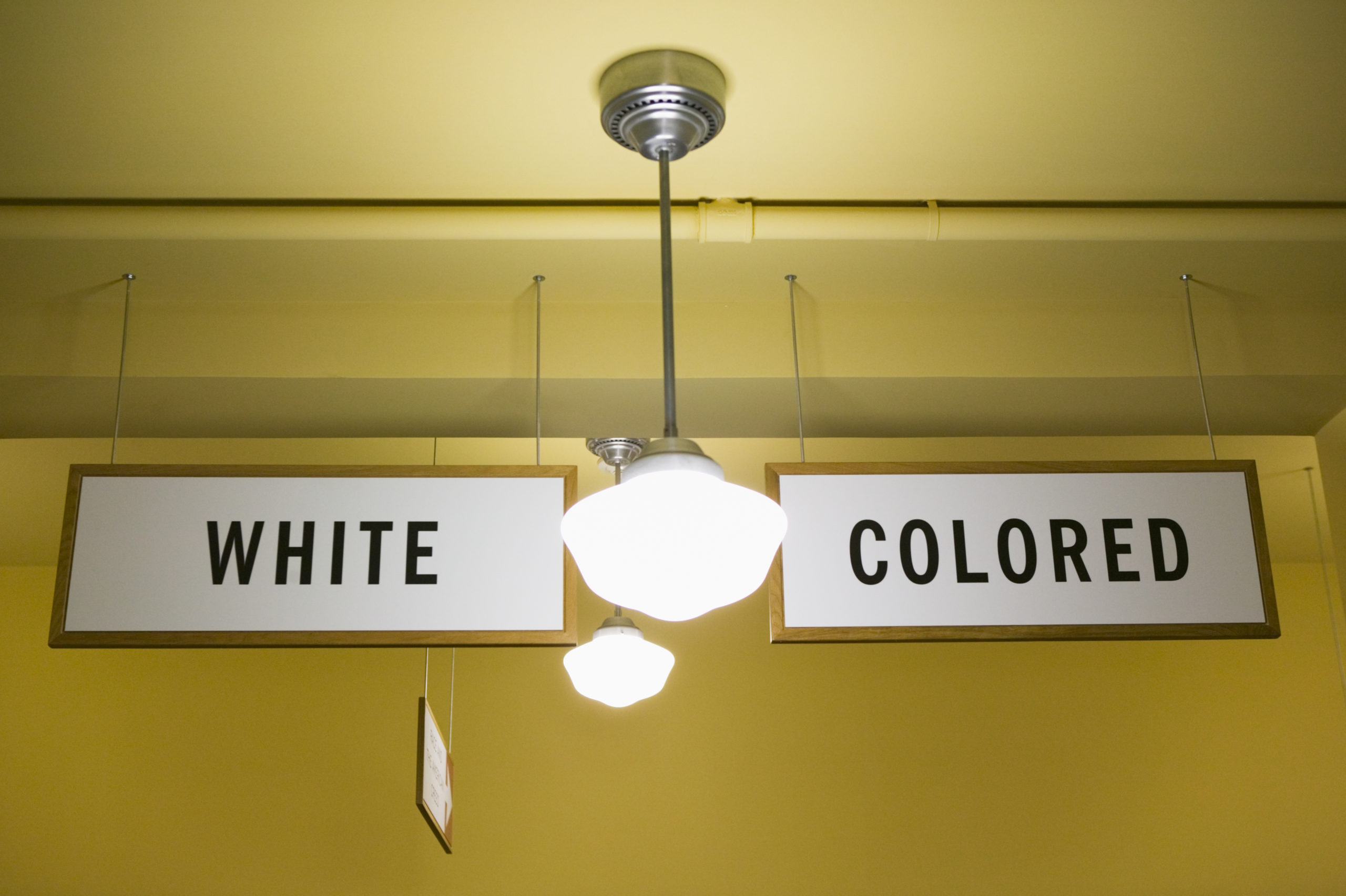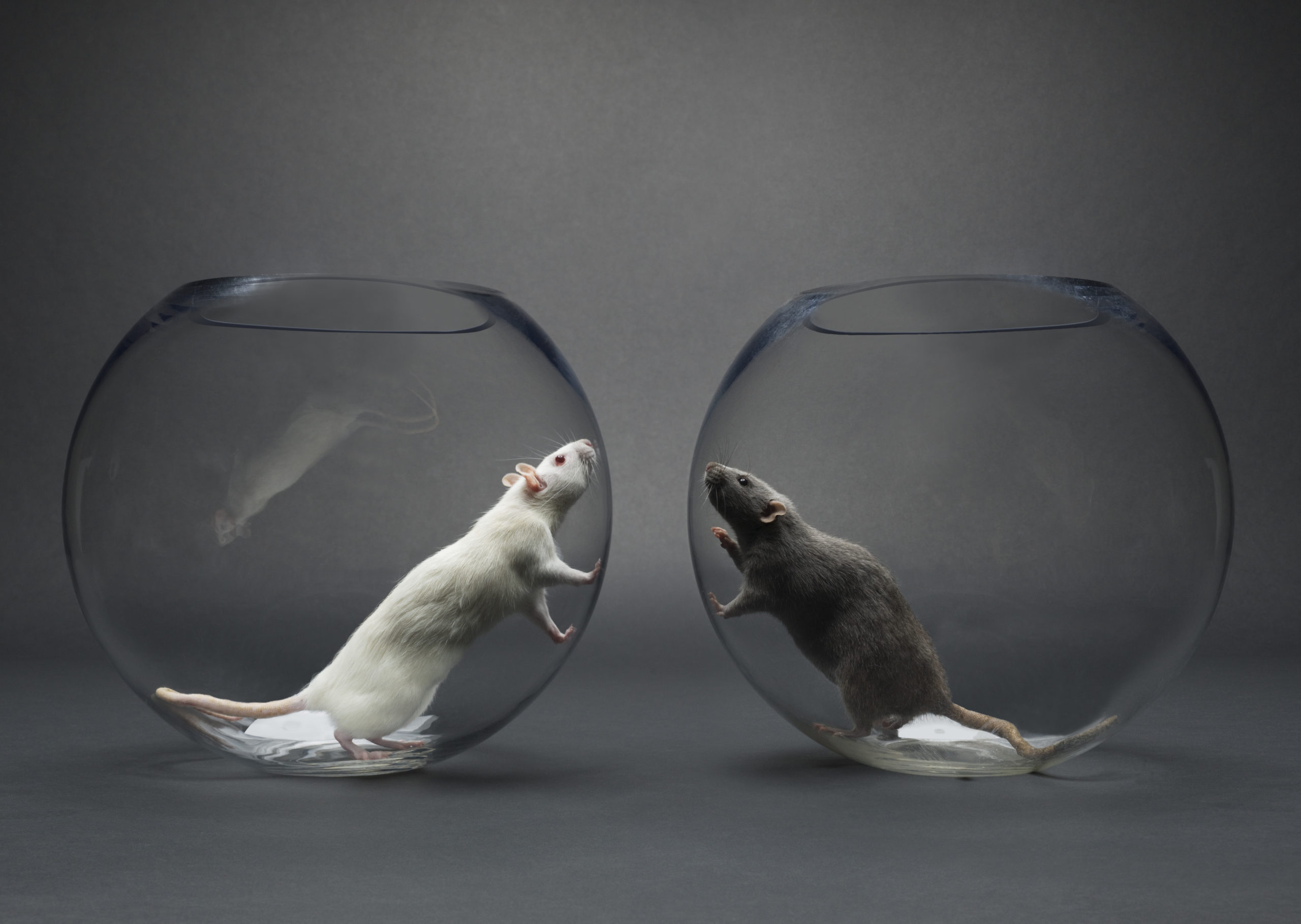On the perils of racial self-segregation.
Inclusive Exclusion

The diversity imperative has had a double character from the start.
The following is an excerpt from A Dubious Expediency: How Race Preferences Damage Higher Education, edited by Gail Heriot & Maimon Schwarzschild.
The idea of “inclusion” was born in debates in the 1980s over how colleges and universities should deal with disparities in academic performance, mainly between black students as a category and all other students. Any explanation that pointed to average differences in ability, especially as measured by standardized tests, were deemed outrageous and insulting. Explanations that focused on the inadequacy of earlier academic preparation were more bearable but still carried the implication that black students as a whole were not capable of performing at the level of other students. The socially acceptable explanation that emerged was that the black students were victims of multiple forms of racism. American society had short-rationed their schools; college teachers treated them as racially inferior; racist assumptions were built into everyday life in America; and universities were “structurally racist.”
This last is the bridge to the conception of “inclusion.” Inclusion means recognizing that black students must be recognized as possessing their own cultural standards of expression, achievement, and excellence. Judging them by “white standards” is racist—structurally racist. A non-racist college or university would accommodate black students by judging them by black standards.
The connection to multiculturalism is evident. Inclusion, as a doctrine, incorporates the idea that black students have a separate culture, the norms of which must be respected. Eradicating all the “white assumptions” that pervade the university, however, is no small task. It requires a deep dismantling, the name for which is “Anti-Racism.” We get to “inclusion” by identifying and removing anything that might make black students feel disrespected or that might cast their academic performance in unflattering contrast to the average performance of other students.
Once we start down the path of such “inclusion,” as the path of “equity,” there are no natural limits. Does the SAT include sections in which black students, on average, perform less well than members of other ethnic groups? Out goes the verbal analogy section. Do test scores still lag? Out go standardized tests altogether. Do the names of campus buildings honor historic figures who have some connection to slavery? Rename the buildings. But if the remaining buildings are named after white people, doesn’t the problem remain?
Inclusion creates its own paradox, for ultimately the only way for an ethnic group to experience the world entirely on its own terms is to separate itself from the prevailing culture. To be “included, it may have to exclude itself, or at least put its relations to other groups and to the institution as a whole on an exclusive basis.
Dion Pierre and I traced this process in two studies published in 2019, Neo-Segregation at Yale and Neo-Segregation at Wesleyan. In both instances, the origins of racial self-segregation lay in how black students who were recruited in significant numbers to these elite colleges in the mid-1960s responded to the pressures of undergraduate life, which included some contemptuous treatment from white students. More than half the black students dropped out at Yale. Those who remained formed an isolated enclave, Black Students at Yale (BSAY), that began to make demands on the administration to be allowed more and more freedom to self-isolate. One of BSAY’s demands was the creation of Black Studies—the first department of its kind in the United States.
The Yale administration accommodated most, if not all, such demands, largely in the hope that these arrangements would gradually give way to real racial integration. The exact opposite occurred. BSAY’s members, feeling empowered, only began to increase their demands for greater autonomy; soon, other ethnic-based solidarities, starting with the Puerto Rican students, emulated the tactics.
Eventually, almost everything at Yale that could be segregated—with the exception of residence halls—was segregated. Black students are recruited separately, attend separate orientations, have separate academic counselors, enjoy an exclusive cultural center, engage in a wide range of racially segregated social activity, can choose a de facto racially segregated academic program, attend a racially segregated graduation, and are enlisted in a racially segregated alumni society. While on campus, they enjoy a high level of immunity from the rules that other students must follow. In effect, they have become a privileged caste.
This is what “inclusion” looks like at Yale and at hundreds of other colleges and universities. It is, in principle, voluntary. Black students have the option of refusing the comforts of self-segregation and instead engaging Yale (or whatever their college may be) in wholehearted embrace, but to do so means resisting a great deal of peer pressure. Inclusion is not just an option that students can take or leave, like a fruit salad on the dining-hall menu. It is an expectation, backed up by fellow students and by college administrations.
Inclusion of this sort runs counter to diversity as it is usually presented. The diversity doctrine rests on the idea that education is enhanced for everyone by the opportunities to learn from people unlike ourselves. It doesn’t reckon with the possibility that those who aren’t like us might prefer their own company.
This has given the institutional pursuit of diversity a double character from the start. Diversity is marketed to white students as a life-enhancing and educationally enriching encounter with students of other races and ethnicities. But when colleges speak of diversity to minority students, that integrationist rhetoric and imagery disappears and is replaced by strong assurances that the university has an abundance of students in their own racial group and lots of well-funded opportunities to bond with people just like you.
Same word, two starkly different realities. Diversity means cross-cultural connection and, at the same time, in-group exclusivity. Anyone who points out this contradiction is on a short path to being canceled as a racist. Seeking to overcome racial barriers is, on today’s campuses, considered not part of diversity, but an exercise in white privilege. That’s because white students are seen as merely tourists in the land of real diversity. They can leave and go home, while black students have to live in diversity-land 24/7.
Inclusion would mean the black students could pull up the drawbridge, or perhaps move to Wakanda, the make-believe world of black super-accomplishment pictured in the Black Panther comic books and blockbuster Hollywood movie. The only role left for whites is the role of “allies,” which requires an attitude of humble submission to black demands and repentance for the crimes of white supremacy.
The American Mind presents a range of perspectives. Views are writers’ own and do not necessarily represent those of The Claremont Institute.
The American Mind is a publication of the Claremont Institute, a non-profit 501(c)(3) organization, dedicated to restoring the principles of the American Founding to their rightful, preeminent authority in our national life. Interested in supporting our work? Gifts to the Claremont Institute are tax-deductible.
The academy of broken brains.
DEI and the religion of the favored caste.
The only “good amount” of race discrimination is none.




